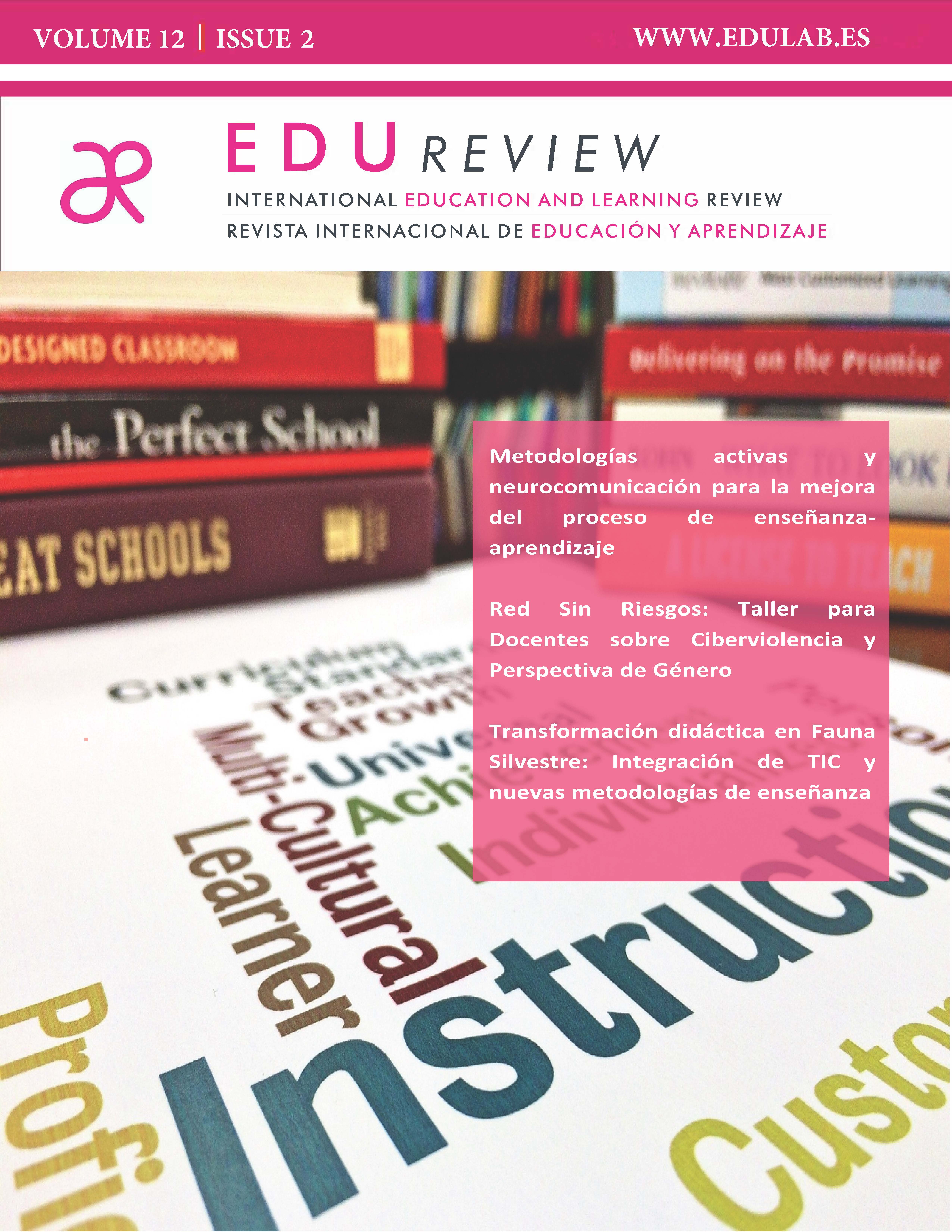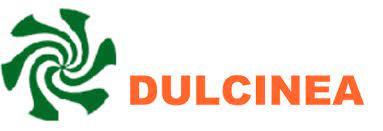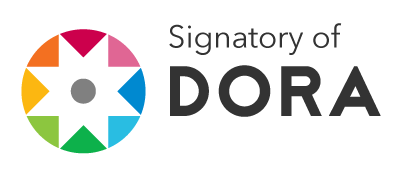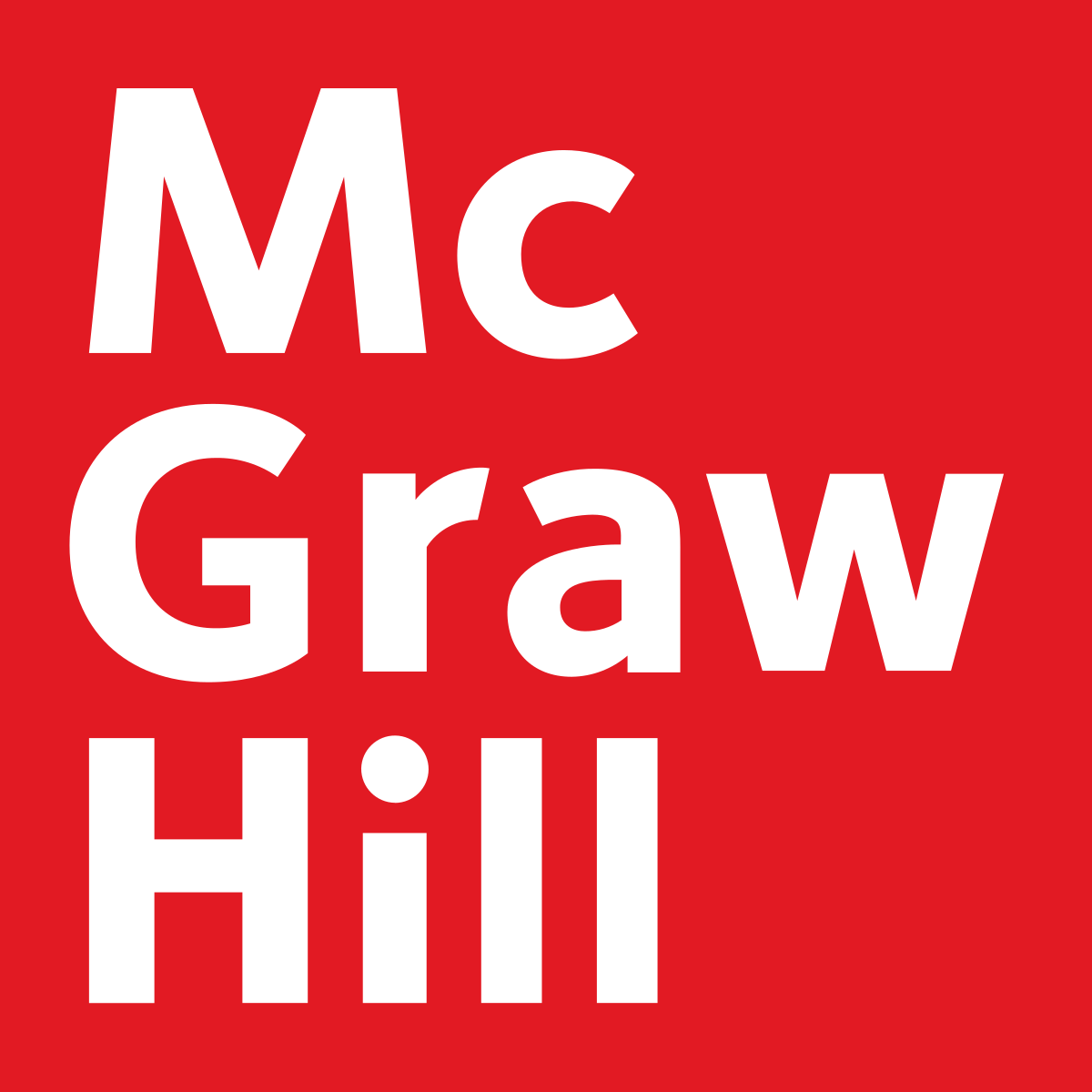Active methodologies and neurocommunication for the improvement of the teaching-learning process
Systematic review and proposed application
DOI:
https://doi.org/10.62701/revedu.v12.5406Keywords:
Active methodologies, Neurocommunication, Teaching innovation, Attention to diversity, Personalized education, Teaching-learning, Meaningful learningAbstract
In recent years, educational innovation has promoted the use of active methodologies to improve learning. At the same time, neurocommunication has emerged as a field that rethinks communicative processes in education, integrating findings from other disciplines. This study explores the synergies between active methodologies and neurocommunication, proposing a model applicable in the classroom. With a qualitative methodology and review of scientific literature, it is concluded that knowledge of neurocommunication, combined with active methodologies, improves the teaching-learning process, attention to diversity and personalized education.
Downloads
Global Statistics ℹ️
|
1561
Views
|
434
Downloads
|
|
1995
Total
|
|
References
Barrientos-Báez, A. (2022). La neurocomunicación aplicada al aumento de la demanda turística. Revista Internacional de Humanidades, 15(7), 1-11. https://doi.org/10.37467/revhuman.v11.4357
Bietenbeck, J. (2014). Teaching practices and cognitive skills. Labour Economics, 30, 143- 153. https://www.sciencedirect.com/science/article/pii/S0927537114000219
Bisquerra, R. (2009). Educación emocional y bienestar. Cuadernos de pedagogía.
Bravo Lucas, E., Costillo Borrego, E., Bravo Galán, J.L. y Borrachero Cortés, A.B. (2020). Emociones de los futuros maestros de educación infantil en las distintas áreas del currículo. Profesorado. Revista de Currículum y Formación de Profesorado, 24(1), 96-114. https://doi.org/10.30827/profesorado.v24i1.8846
Casquero, A. y Navarro, M.L. (2010). Determinantes del abandono escolar temprano en España. Un análisis por género. Revista de Educación, Número extraordinario, 191-213. http://www.revistaeducacion.educacion.es/re2010/re2010_08.pdf
Collados, E. (2007). Creatividad y cooperación: un caso práctico de aprendizaje basado en problemas aplicado al diseño gráfico. Aula de Innovación Educativa, 172, 40-41. https://ddd.uab.cat/record/182307
De Julián-Latorre, P. (2024). La aplicación de la neurocomunicación a las estrategias de comunicación corporativa de los centros educativos concertados. En Cuesta, U. y Barrientos, A. (Eds.) Neurocomunicación y neuromarketing: nuevos desarrollos y avances en el siglo XXI (pp. 335-350). Fragua.
Egido Piqueras, M. E. (2023). La comunicación persuasiva como estrategia de neuro-comunicación para las relaciones públicas. MH Communication Journal, 14, 339-360. https://doi.org/10.21134/mhjournal.v14i.1961
Fernández-Díaz, M., Robles-Moral, F.J., y Ayuso-Fernández, G.E. (2021). Una propuesta para trabajar la competencia digital docente a través de Instagram y el Pensamiento Visual: el estudio de la sostenibilidad. Revista Latinoamericana de Tecnología Educativa, 20(1), 87-102. https://doi.org/10.17398/1695-288X.20.1.87
Fernández March, A. (2006). Metodologías activas para la formación de competencias. Educatio Siglo XXI, 24, 35–56. https://revistas.um.es/educatio/article/view/152/135
Galindo-Dominguez, H. (2021). Flipped classroom in the educational system. Educational Technology & Society, 24(3), 44-60. https://www.jstor.org/stable/27032855
Genco, S., Pohlmann, A. y Steidel, P. (2013). Neuromarketing for Dummies. John Wiley and Sons.
Gill, R. y Singh, J. (2020). A review of neuromarketing techniques and emotions analysis classifiers for visual-emotion mining. 9th International Conference on System Modeling and Advanceement in Research Trends, 103-108. https://doi.org/10.1109/SMART50582.2020.9337074
Gómez-Zambrano, R. O., y Pérez-Iribar, G. (2023). Las metodologías activas y su influencia en rendimiento académico de estudiantes de bachillerato. MQRInvestigar, 7(1), 3048-3069. https://doi.org/10.56048/MQR20225.7.1.2023.3048-3069
Gutiérrez Borda, A. E. (2021). Metodología activa como estrategia didáctica en el desarrollo del pensamiento crítico. Ciencia Latina Revista Científica Multidisciplinar, 5(5), 8538-8558. https://doi.org/10.37811/cl_rcm.v5i5.939
Gros, B. y Lara, P. (2009). Estrategias de innovación en la educación superior: el caso de la Universitat Oberta de Catalunya. Revista Iberoamericana de Educación, 49, 223-245. http://www.rieoei.org/rie49a09.pdf
Herrán, A. de la (2008). Capítulo 7-III: Metodología didáctica en Educación Secundaria: Una perspectiva desde la Didáctica General. En A. de la Herrán y J. Paredes, Didáctica General: La práctica de la enseñanza en Educación Infantil, Primaria y Secundaria. Mc Graw-Hill.
Hidalgo, D. R., y Ortega-Sánchez, D. (2022). El aprendizaje basado en proyectos: una revisión sistemática de la literatura (2015-2022). Revista Internacional de Humanidades, 14(6), 1-14. https://doi.org/10.37467/revhuman.v11.4181
Labrador, J. y Andreu, M. (2008). Metodologías Activas. Universidad Politécnica de Valencia.
Ledesma Ayora, M. y Fenger Fenger, N. (2015). Neurocomunicación avanzada. Editorial jurídica.
Martínez Bonafé, J. (2008). Pero, ¿qué es la innovación educativa? Cuadernos de Pedagogía, 375, 78-82. http://imced.edu.mx/edocs/cp080113.pdfMartínez
Martínez, B., Martínez, I., Alonso, I. y Gezuraga, M. (2013). El aprendizaje-servicio, una oportunidad para avanzar en la innovación educativa dentro de la universidad del país vasco. Tendencias Pedagógicas, 21. www.tendenciaspedagogicas.com/Articulos/2013_21_08.pdf
Martín-González, J. A. (2007). Bienvenidos a la era de la Neurocomunicación. MK: Marketing+ Ventas, 229, 28-35. https://bitly.ws/Y69u
Maquilón, J., Sánchez, M. y Cuesta, J. (2016). Enseñar y aprender en las aulas de Educación. Revista Electrónica de Investigación Educativa, 18(2), 144-155. http://www.scielo.org.mx/scielo.php?script=sci_arttext&pid=S1607- 40412016000200011
Mayer, R.E. (2020). Multimedia Learning. Cambridge University Press.
Medina, J. (2008). Brain Rules: 12 Principles for Surviving and Thriving at Work, Home, and School. Pear Press.
Johnson, D.W., Johnson, R.T. y Holubec, E. J. (2000). El aprendizaje cooperativo en el aula. Paidós. http://cooperativo.sallep.net/El%20aprendizaje%20cooperativo%20en%20el%20aula.pdf
Roa González, J., Sánchez Sánchez, A. y Sánchez Sánchez, N. (2021). Evaluación de la implantación de la Gamificación como metodología activa en la Educación Secundaria española. REIDOCREA, 10(12), 1-9. http://hdl.handle.net/10481/66357
Roberts, J. W. (2011). Beyond Learning by Doing: Theoretical Currents in Experiential Education. Routledge.
Ros, R., Alfageme, M. y Vallejo, M. (2008). Enfoques de enseñanza en un centro de Primaria: cambio o continuidad. II Jornadas de los Máster en Investigación e Innovación en Educación Infantil y Educación Primaria. Servicio de publicaciones Universidad de Murcia.
Solís García, P., Gallego-Jiménez, M. G., y Real Castelao, S. (2022). ¿El aprendizaje cooperativo promueve la inclusión? Revisión sistemática. Páginas de educación, 15(2), 1-21. https://doi.org/10.22235/pe.v15i2.2803
Spitzer, M. (2005). Aprendizaje: Neurociencia y la escuela de la vida. Omega Editorial.
Timoteo Álvarez, J. (2007). Neurocomunicación. Propuesta para una revisión de los fundamentos teóricos de la comunicación y sus aplicaciones industriales y sociales. Mediaciones Sociales, 1, 355-386. https://bitly.ws/Y69T
Vargas Delgado, J. (2019). Black Friday y el cerebro reptiliano. Revista El Publicista. https://bitly.ws/Y6br
Vargas Delgado, J. J. y Sacaluga Rodríguez, I. (2021). Neurocomunicación visual consciente: gestión deliberada y potencial de la mirada, como argumento persuasivo no verbal para vencer y convencer. Anales de Investigación, 17(3), 1-13. https://bitly.ws/Y6ac
Downloads
Published
How to Cite
Issue
Section
License
Copyright (c) 2024 EDU REVIEW. International Education and Learning Review / Revista Internacional de Educación y Aprendizaje

This work is licensed under a Creative Commons Attribution-NonCommercial-NoDerivatives 4.0 International License.
Those authors who publish in this journal accept the following terms:
-
Authors retain copyright.
-
Authors transfer to the journal the right of first publication. The journal also owns the publishing rights.
-
All published contents are governed by an Attribution-NoDerivatives 4.0 International License.
Access the informative version and legal text of the license. By virtue of this, third parties are allowed to use what is published as long as they mention the authorship of the work and the first publication in this journal. If you transform the material, you may not distribute the modified work. -
Authors may make other independent and additional contractual arrangements for non-exclusive distribution of the version of the article published in this journal (e.g., inclusion in an institutional repository or publication in a book) as long as they clearly indicate that the work was first published in this journal.
- Authors are allowed and recommended to publish their work on the Internet (for example on institutional and personal websites), following the publication of, and referencing the journal, as this could lead to constructive exchanges and a more extensive and quick circulation of published works (see The Effect of Open Access).













